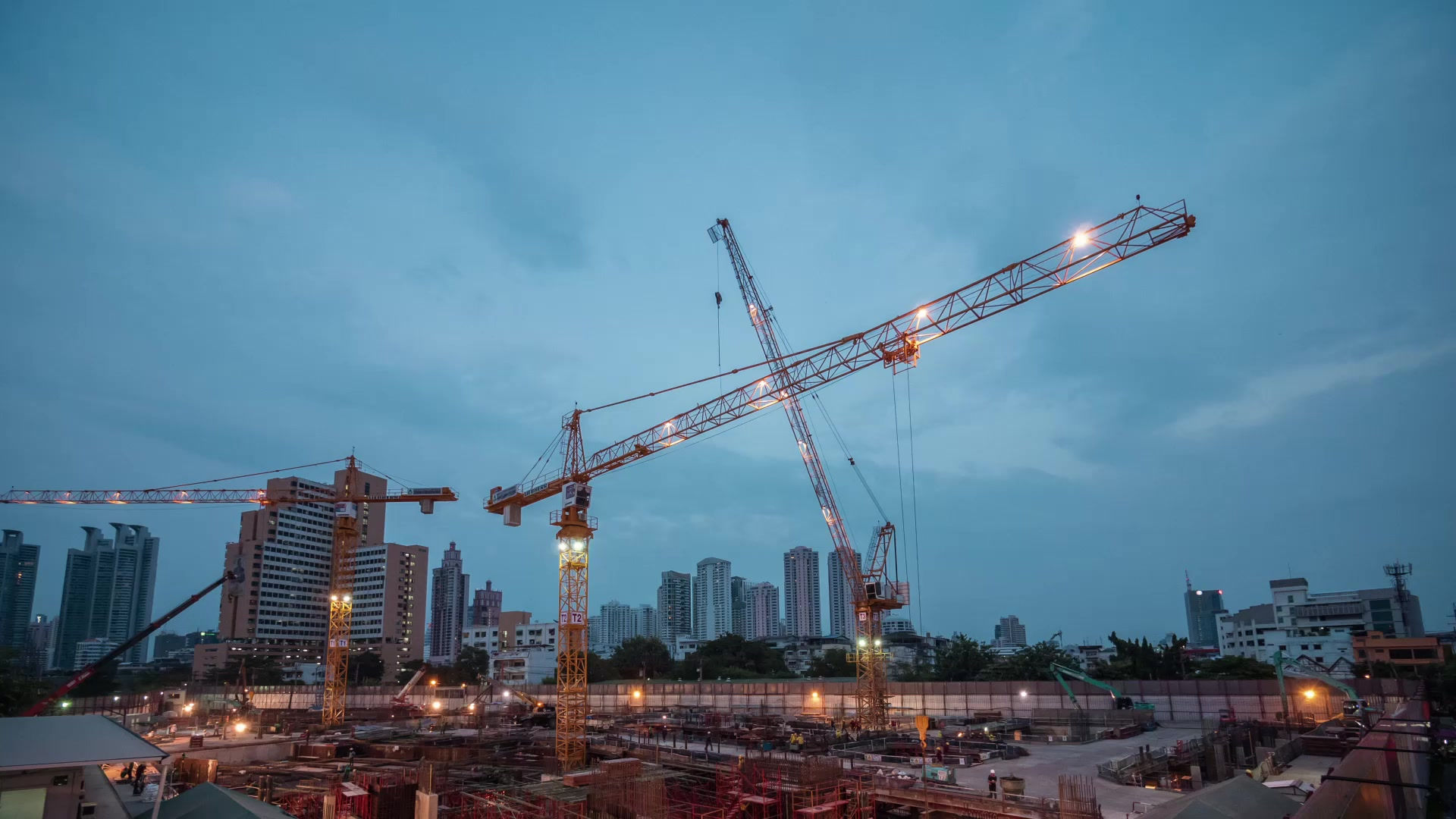How to Select a Grinding Wheel for Stainless Steel?
- JCT Abrasives
- Jul 4
- 4 min read
Stainless steel is an alloy steel with high corrosion resistance and high strength. It is named for its ability to form a dense chromium oxide film on the surface when the chromium content reaches a certain proportion, which gives it rust-resistant and corrosion-resistant properties.
Types of Stainless Steel Products
In the classification of metal materials, stainless steel is commonly divided into five categories according to their metallographic characteristics: martensitic stainless steel, ferritic stainless steel, austenitic stainless steel, austenitic-ferritic duplex stainless steel, and precipitation-hardening stainless steel. Among them, austenitic stainless steel is the most common, accounting for about 70% of the total stainless steel production.
Currently, stainless steels containing both Cr and Ni elements account for more than 60% of total stainless steel output. Compared to structural steel, stainless steel has lower thermal conductivity, a lower modulus of elasticity, higher elongation, and greater reduction of area, which brings many challenges to processing, especially grinding.
Grinding Characteristics of Stainless Steel
High Grinding Force and Temperature
Stainless steel materials have characteristics of high temperature resistance, high strength, and high toughness. During grinding, there is significant lattice distortion and severe plastic deformation. The unit area cutting force of stainless steel can reach 90 GPa, which is 1.5-2.2 times that of 45# steel, resulting in high grinding resistance and high temperatures in the grinding zone. The thermal conductivity of stainless steel is about one-third that of 45# steel, causing the workpiece surface to reach temperatures of 1000-1500°C instantly, making it prone to burns, cracks, and sometimes annealing to a depth of 0.01-0.02mm.
Severe Work Hardening Tendency
During grinding, the surface of the workpiece undergoes severe deformation, increased stress and strain, resulting in work hardening. In the hardened layer, grains become distorted, abrasive grains become dull, and vibration marks and scratches may occur.
Chips Adhere to the Grinding Wheel
Due to the high toughness of stainless steel, under certain grinding temperatures, contact pressure, and relative speed, chips easily react with abrasive grains and adhere to the grinding wheel, filling the spaces between grains and causing rapid clogging. This quickly deteriorates grinding conditions, increases heat generation, and reduces surface roughness. The degree of adhesion varies with different types of stainless steel; acid-resistant and heat-resistant stainless steels are more prone to adhesion, followed by 1Cr18Ni9Ti, 1Cr13, 2Cr13, etc.
Chips are Hard to Break, Abrasive Grains Dull Easily
The high grinding force causes abrasive grains to dull quickly, leading to rapid wheel wear. Generally, the grinding ratio (G) for stainless steel is 6-12, while for ordinary carbon and low-alloy steels it is 40-80. Therefore, the grinding ratio for stainless steel is only about 1/7 of that for ordinary steel.
Workpiece Surface Burns
Surface burns are a common defect in grinding, especially for austenitic stainless steel, which is particularly sensitive to burns.
Workpiece Surface Scratches
During grinding, the workpiece surface is prone to scratches, so high surface finish is required. Causes of scratches include protruding abrasive grains on the wheel scratching the surface before falling off, chips falling between the wheel and workpiece, dirty or insufficient grinding fluid, etc.
Workpiece Deformation
Due to the high coefficient of thermal expansion of stainless steel, grinding temperature greatly affects workpiece dimensions, leading to measurement errors. Severe work hardening also leads to residual stress on the surface. Especially when grinding slender shafts or thin-walled parts with poor rigidity, deformation is likely under grinding force.
Solutions
Selection of Abrasive Types
White fused alumina (WA) is commonly used for grinding stainless steel due to its good cutting performance and self-sharpening ability.
Cubic boron nitride (CBN) wheels are even more effective. CBN has high hardness, good chemical stability, and no affinity with iron-group elements, so it is less prone to clogging. CBN wheels generate lower grinding forces and heat, preventing burns, but they are more expensive and require proper dressing.
Single-crystal alumina wheels are second only to CBN wheels. Each grain is a spherical polyhedral single crystal, with fewer cracks and residual stresses from mechanical breakage. If sudden breakage of individual grains is rare and hardness and toughness are well matched, single-crystal alumina offers excellent grinding performance, especially for acid-resistant stainless steel.
For grinding Cr17Ni7A1 precipitation-hardening stainless steel, microcrystalline alumina (MA) wheels are used. MA has high toughness, good cutting performance, long life, and self-sharpening along microcracks, reducing heat and clogging. For austenitic stainless steel, wheels made from microcrystalline alumina and green silicon carbide can significantly reduce surface roughness and prevent burns.
Selection of Abrasive Grain Size
Grain size directly affects surface roughness. Stainless steel's high toughness makes chips prone to clogging. Fine-grained wheels may lose cutting action, resulting in poor finish. For rough grinding, F36 and F46 grain sizes are used; for fine grinding, F60 is used. Both rough and fine grinding often use F46 and F60 wheels.
Selection of Bonding Agents
Due to stainless steel's high toughness, temperature resistance, strength, and grinding force, wheels must have high strength to withstand impact loads. Ceramic-bonded wheels are suitable, offering good water, heat, and corrosion resistance, high efficiency, but are brittle and cannot withstand high impact or bending. Resin-bonded wheels are used for cutting, slotting, and centerless grinding, with high strength, elasticity, impact resistance, and porosity, suitable for high speeds (35-75 m/s). However, resin wheels have lower hardness and can be affected by alkaline solutions unless stored in paraffin. At temperatures above 150°C, resin softens and loses strength, so cooling is necessary during grinding.
Selection of Wheel Hardness
Lower hardness wheels are recommended for grinding stainless steel, as they self-sharpen better. If hardness is too low, grains fall off before dulling, reducing wheel life.
In summary, when grinding stainless steel, CBN and conventional wheels should be selected according to economic and practical considerations. In practice, both conventional and CBN abrasive belts are also used for grinding.





Comments